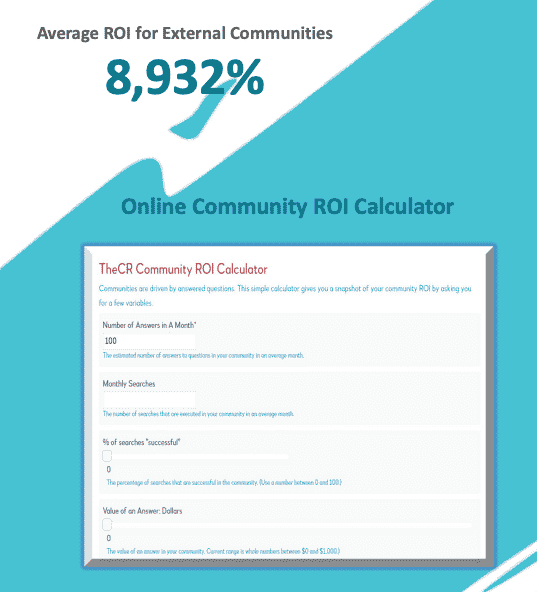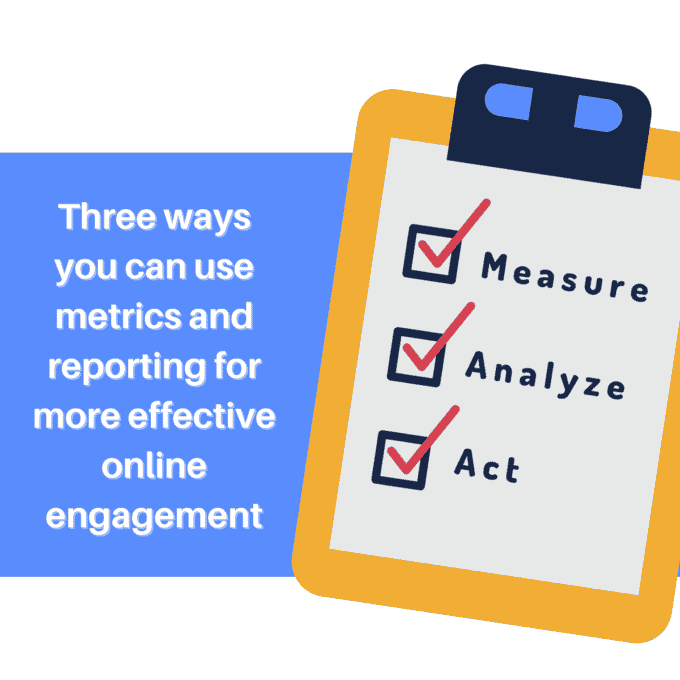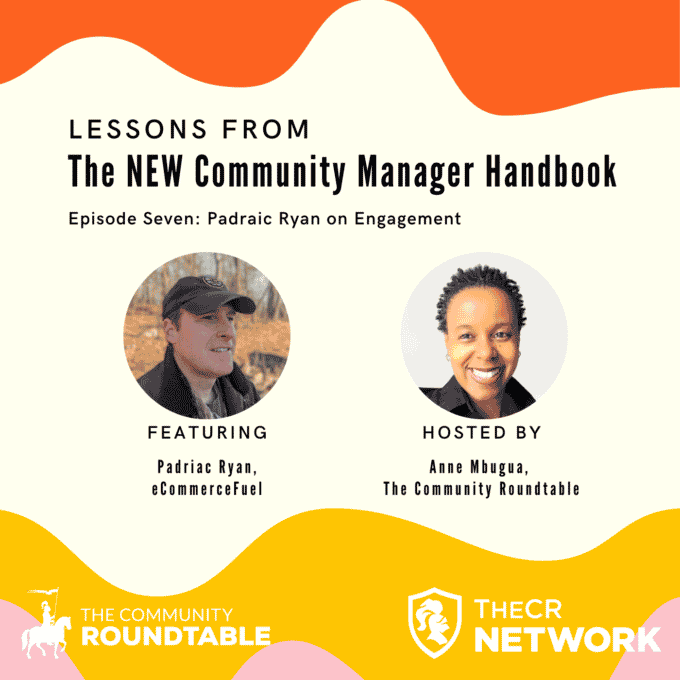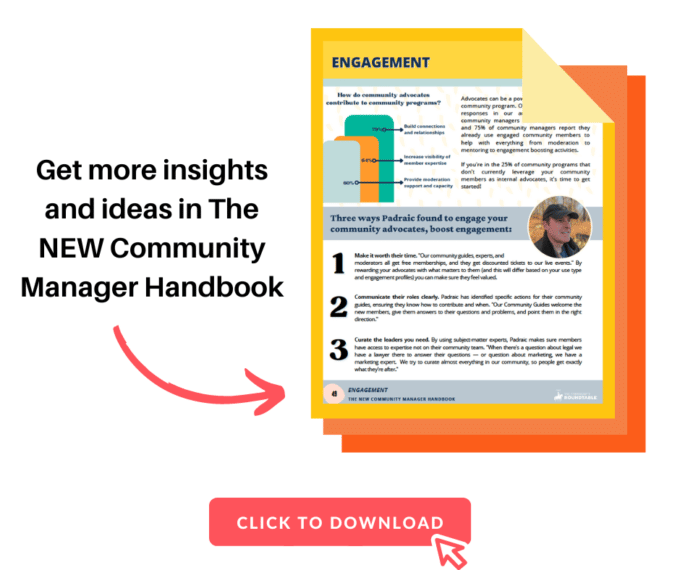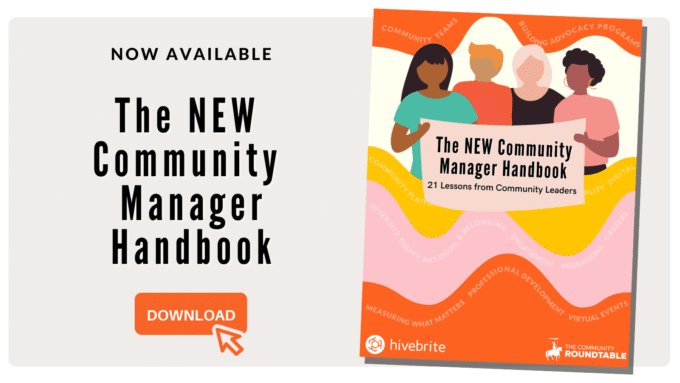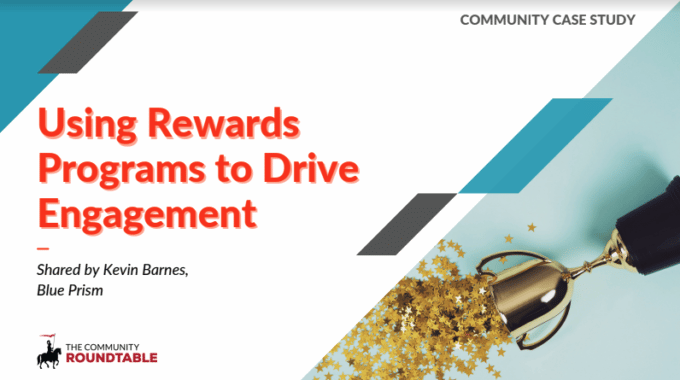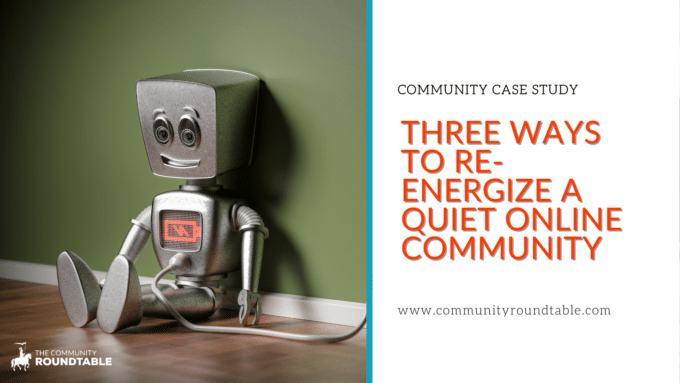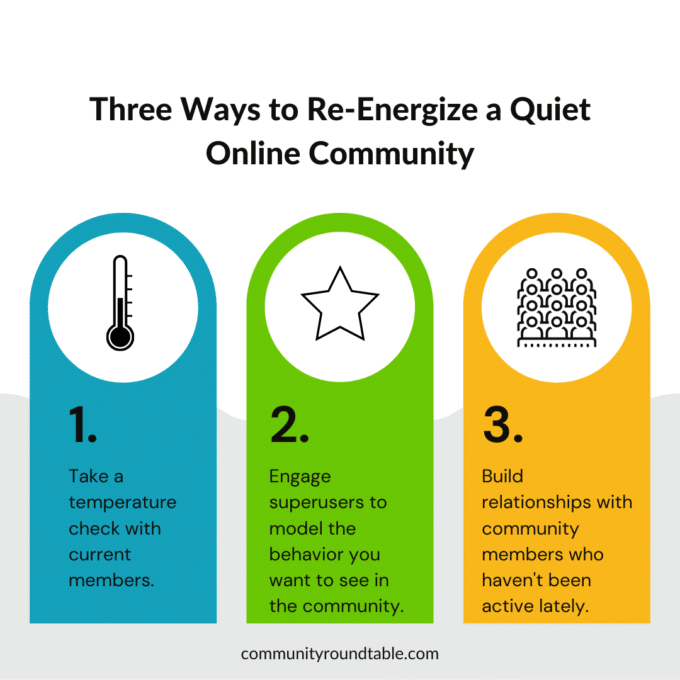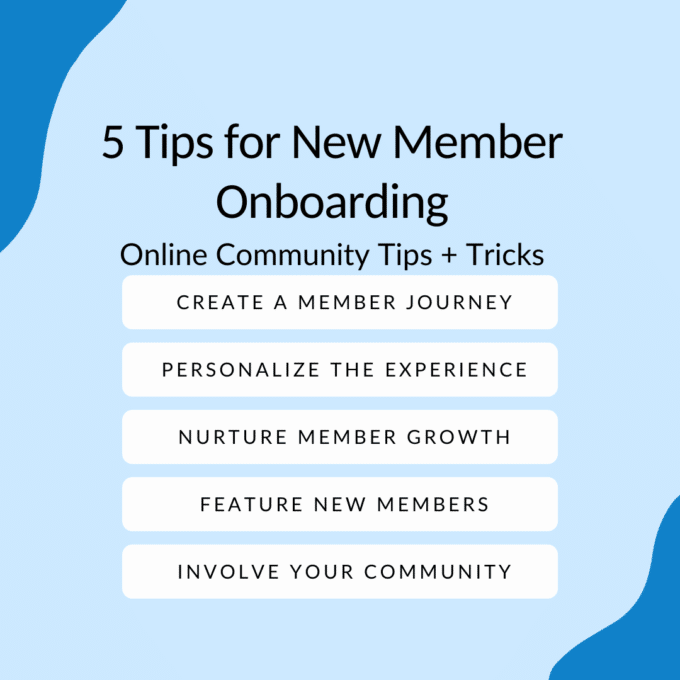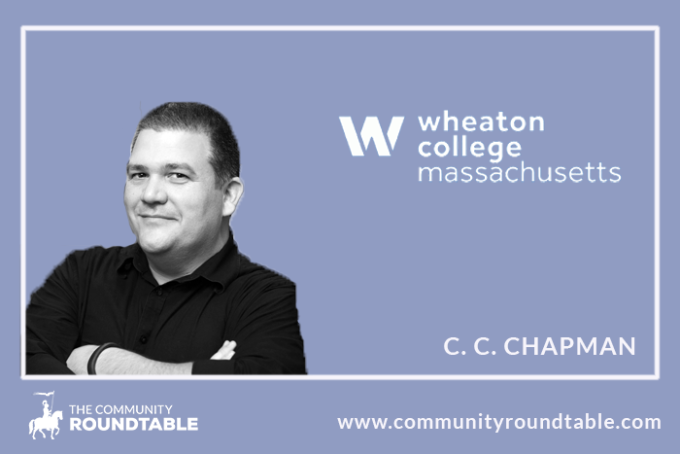Happy Hour is a casual and open chat for all members that happens every Thursday at 4pm ET/ 1pmPT. Sometimes Happy Hour has a theme. Like this one!
New to the group and want to introduce yourself? Have an idea for a Roundtable call?
All great reasons to swing by and join the chat.
Some things you can do at Happy Hour:
Meet new people who work in the social/community space.
Share a current initiative & ask for feedback.
Toss your biggest challenge by the group & groupthink some solutions.
Discuss a current event, article or new research with your peers.
Request resources.
Share your latest accomplishment whether it’s a promotion, new position or the wrap up of a big project.
Have fun! Virtual cocktails are always on the house. 😉
Swing by for 10 minutes or stay the whole hour — we’ll be glad to see you
